Recognize Trailblazers on Women’s Equality Day
Women’s Equality Day commemorates the ratification of the 19th Amendment on Aug. 26, 1920. It’s important to remember that many Black women and more women of color didn’t earn the right to vote until years later. Read Sojourner Truth’s “Ain’t I a Woman?” with its intersectional message delivered during her 1851 speech at the Women’s Rights Convention in Akron, Ohio. Also, check out an LFJ lesson featuring an accurate voting rights timeline, and identify ways to take a deeper look at women’s history this Women’s Equality Day—and beyond.
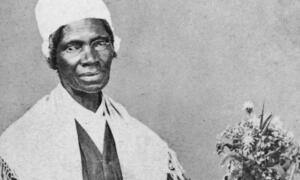
Ain’t I a Woman?
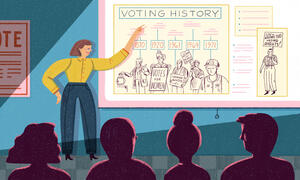
The True History of Voting Rights

A More Complete Women’s History
Teach the Truth About American Slavery
August 23 is International Day for the Remembrance of the Slave Trade and its Abolition. With blatant, nationwide attempts to keep truth-telling out of schools, it’s especially critical to teach the whole truth about American slavery. Use our Teaching Hard History framework, its accompanying online archives and databases, and this film to help you and your students dig deeper into lessons about the slave trade and its lasting effects, as well as an often-forgotten part of our nation’s history: Indigenous enslavement.
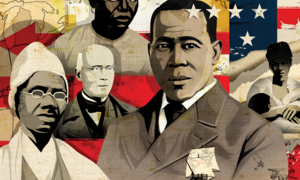
Teaching Hard History: American Slavery |Key Concepts Videos

Teaching Hard History: American Slavery
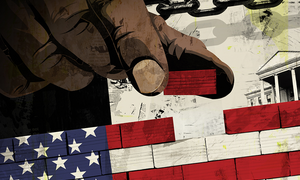
Teaching Hard History Online Archives and Databases
Welcome to Learning for Justice!
As the school year starts, we extend a warm welcome—or a welcome back—to you! We hope you’ll take time to dive into our many resources, including our Social Justice Standards and One World posters. We appreciate you and all you do to create inclusive school communities for all students.

Social Justice Standards

One World Posters
Advocate for BIPOC Mental Health This Year
It’s essential that educators, students and the entire school community work to reduce stigma associated with mental health issues, especially during Black, Indigenous and People of Color (BIPOC) Mental Health Month. Help interrupt school practices that disregard mental health—particularly for Black youth, who are less likely to receive adequate mental health care. Use these webinars to understand and practice self-care and address challenges students face.
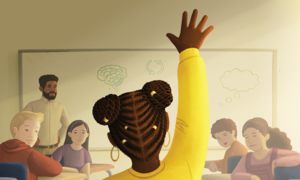
Black Minds Matter
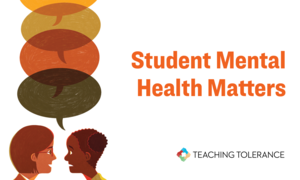
Student Mental Health Matters

The Value of Educator Self-Care
Celebrate Disability Pride Month
Celebrate Disability Pride Month by supporting and advocating for students with disabilities. These resources include real-life examples to model accessible learning environments for all students. Center the perspectives of people with disabilities to build students' understanding of the Americans with Disabilities Act. You can also print and display this beautiful poster with a quote by educator, activist and poet Kay Ulanday Barrett.
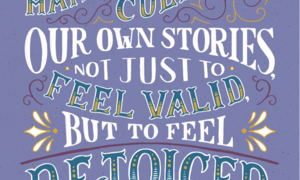
Kay Ulanday Barrett
